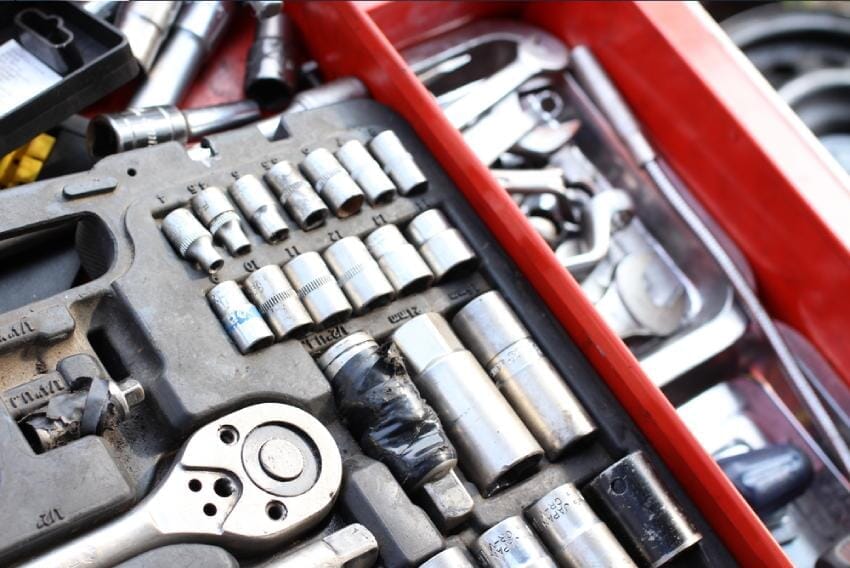
Your work truck isn't merely transportation; it's a complete, portable workshop on wheels. Inside lies everything you need to do your job. Professional electricians, plumbers, contractors, locksmiths, and other trade workers all understand that work truck organization is critical. The results of a messy truck include the following:
- Wasting time spent searching for what you need
- Showing up to a job site unprepared
- Replacing tools or equipment because they were unsecured or damaged while loose in the truck bed
- Expending unnecessary energy climbing, stooping, and even crawling around
All of that can be prevented by using a variety of storage solutions to create a well-organized work truck. Here are seven rules for storing tools in your work truck to maximize storage and use of space:
Key Points
You’re busy and if you don’t have time to read the entire article on work truck storage, here’s a summary of our main points:
- Clean everything out first: Empty your truck, get rid of any old tools that you don’t need anymore, and optimize the storage space. This will help you determine how much space you have to work with.
- Group your tools: Organize everything by task, similarity, and how frequently you use it. If you can access your most important tools easily, it’ll help prevent things from getting shuffled around or lost.
- Think about the layout: What type of truck do you have? How much space do you have? How can you access certain things? These are all questions to ask because they determine where you’re going to put pieces of equipment.
- Label and organize: Use labels and simplify storage solutions will plenty of tiered drawers to make it easy to find the tools you need.
Remember, a well-organized truck saves you time, money, and frustration. It ensures you're always prepared and professional on the job site. With the right storage solutions from Chandler Truck Accessories, you can transform your work truck into a model of efficiency.
Now, let’s expand on these service truck organization tips.
Rule #1: Know Your Stuff
The number one principle for work truck organization is to know what you have, what you don’t need, and what you need frequently. If you're feeling inspired to get organized, you're going to need to start by taking all your stuff out of your truck and taking a good look at what you have.
- Get rid of broken tools.
- Clean and repair dirty, damaged equipment
- Consider duplicates. Duplicates aren't always bad, but if you're going to carry duplicates around, it should be for good reasons.
- Remove what you don't need. When you're working out of your truck, you've got to be picky. Only carry what you know you're going to use every day. Keep the specialty items at home.
Rule #2: Group Your Tools
There are a variety of strategies for grouping and sorting. You'll probably use multiple strategies when developing a useful system. Examples include:
- Like with Like. One way is to group like items together, such as sandpapers and sanding tools.
- By Task. Another effective method is to group together all the tools you need for specific, oft-repeated tasks.
- Size, Shape, and Weight. You can maximize your space by keeping dimensionally similar items together.
Rule #3: Understand Your Truck
What are your space constraints? What are the access points? What other things are you hauling around besides tools and equipment?
How would you like to store and access your tools? Do you envision drawers, toolboxes, shelves, or racks in the space?
You also need to know your vehicle's GVWR – gross vehicle weight rating. This is your vehicle's maximum weight, including all fluids, passengers, and gear. Exceeding this weight is illegal, will severely affect performance, and will cause undue wear and tear. The storage solutions you add to your truck will reduce the gear you can safely carry; the heavier your storage products, the greater the impact on your hauling capacity.
Rule #4: Think About How You Work
The best work truck storage solutions focus on making the most out of every movement. When you reach into your truck or your toolbox, you should be able to access what you need without having to move a million things around to get it. Here are a few examples of what this might look like for you:
- Frequently used tools should be placed in the easiest-to-access locations. If you've got a handful of tools you reach for day in and day out multiple times a day, those items should be super easy to access. Think "grab and go." This also makes them easy to put away, which makes it more likely that your organizational system will succeed.
- Task-oriented toolboxes are a great way to put all the tools needed for specific tasks at your fingertips. For example, you might assemble a drywall patch kit that holds everything you need for that job.
Rule #5: Make Things Easy to Put Away
You want your laziest crew member (which some days might be you) to have zero excuses for putting tools and equipment back where they belong. Labels are great for communicating what goes where.
Aim to make things as accessible and stowable as possible with one motion. Systems that involve nesting, multiple layers, and other similar conventions tend to fail because maintaining them (putting stuff away) is too cumbersome. There's no such thing as an organizational system that works when things get thrown in willy-nilly.

Rule #6: Get the Right Work Truck Storage Solutions
If you're purchasing truck storage solutions, your options include the following:
- Toolboxes. Chandler Truck Accessories carries a range of outstanding work truck toolboxes to help you store all the tools and gear you're carrying around. Options such as underbody models or the Apex Gullwing help you make the most out of every inch of space in your vehicle.
- Racks. Headache racks, ladder racks, roof racks, and more give you anchor points for safely carrying larger items.
- Drawers. The DECKED drawer system gives you two full-length smooth glide drawers to store all your essentials securely. The payload deck leaves plenty of space for hauling larger items.
Rule #7: Go Beyond the Basics
The goal is to build a storage system that supports you. Going beyond the basics will help you create work truck storage that truly serves you.
- Be creative. Think about all the nooks and crannies in your vehicle and how they might be used to store your items. Can you mount a small toolbox there? How about hanging a bag or using magnetized strips?
- Add lighting. Light up the dark drawers and toolboxes with high-efficiency LED lighting. Your spaces will look better and be more useful with a bit of light.
- Add storage within the storage. One large weatherproof, secure toolbox is a better solution than loose tools in your truck bed. But a large toolbox can quickly become a dark, messy pit. You can add compartments, foam separators, bags, and other storage devices to break up the space and make it more useful. Or try the Apex toolbox from CTA that includes a molle panel and L-tracks that allow for endless customization options.
Start Your Work Truck Organization Today
Stop struggling with a messy work truck. Up your game and increase your productivity with these organization rules. Learn more about CTA and how our truck storage solutions can help you work harder and smarter.
